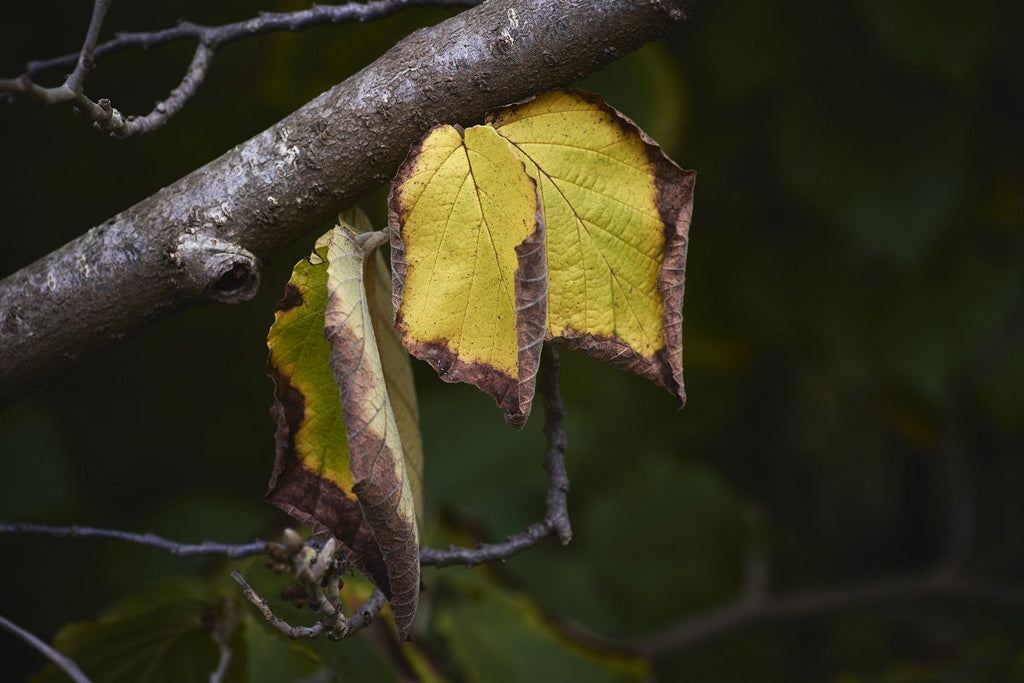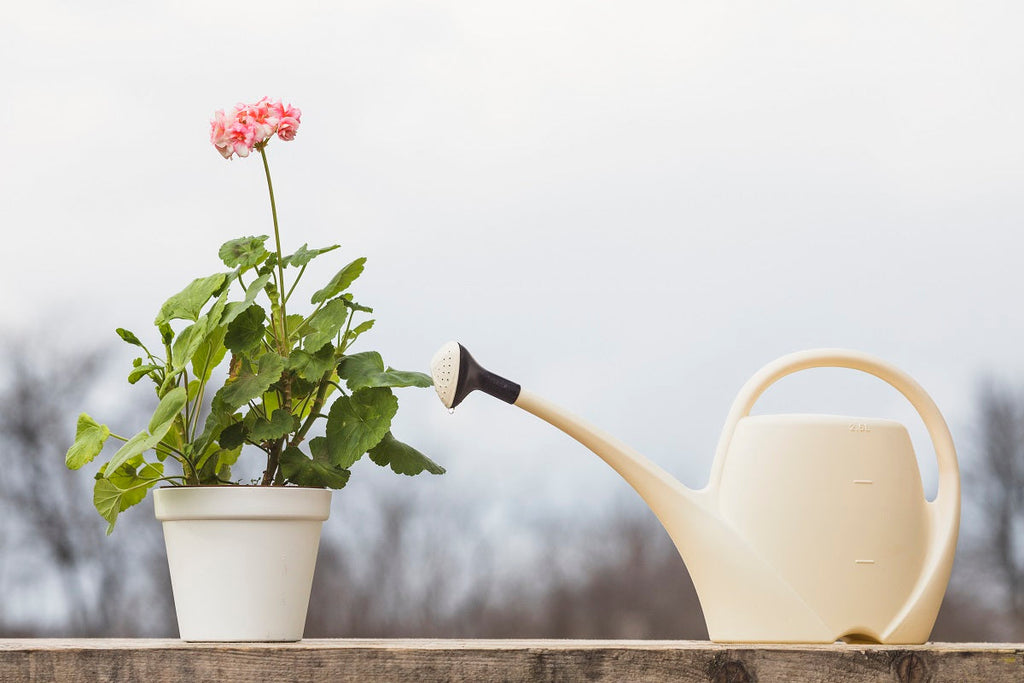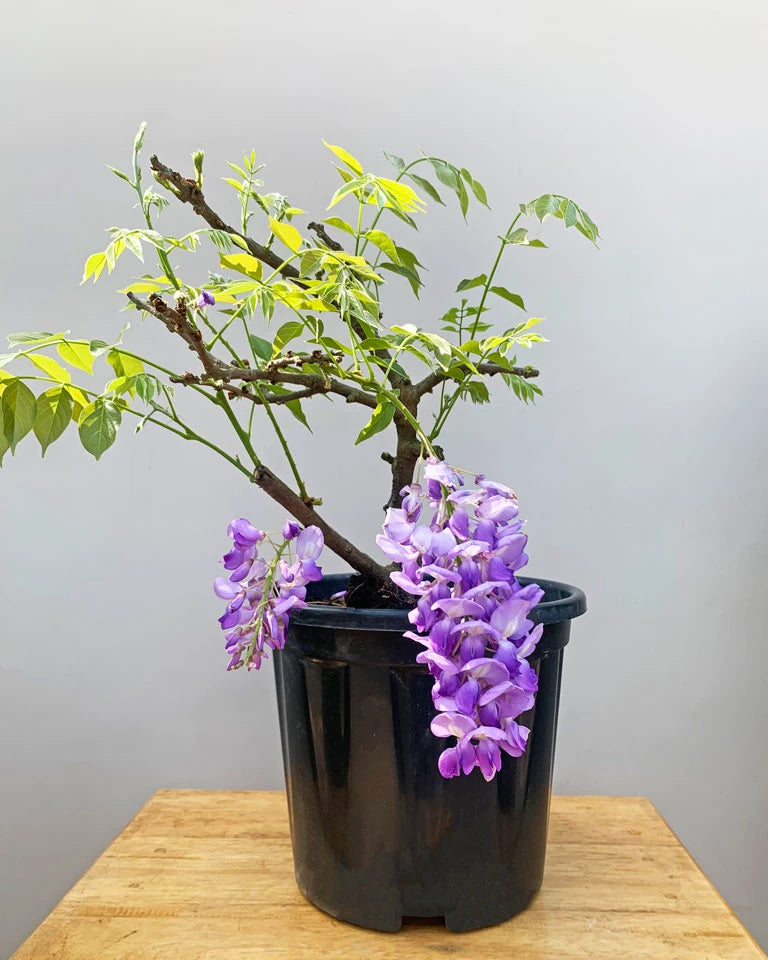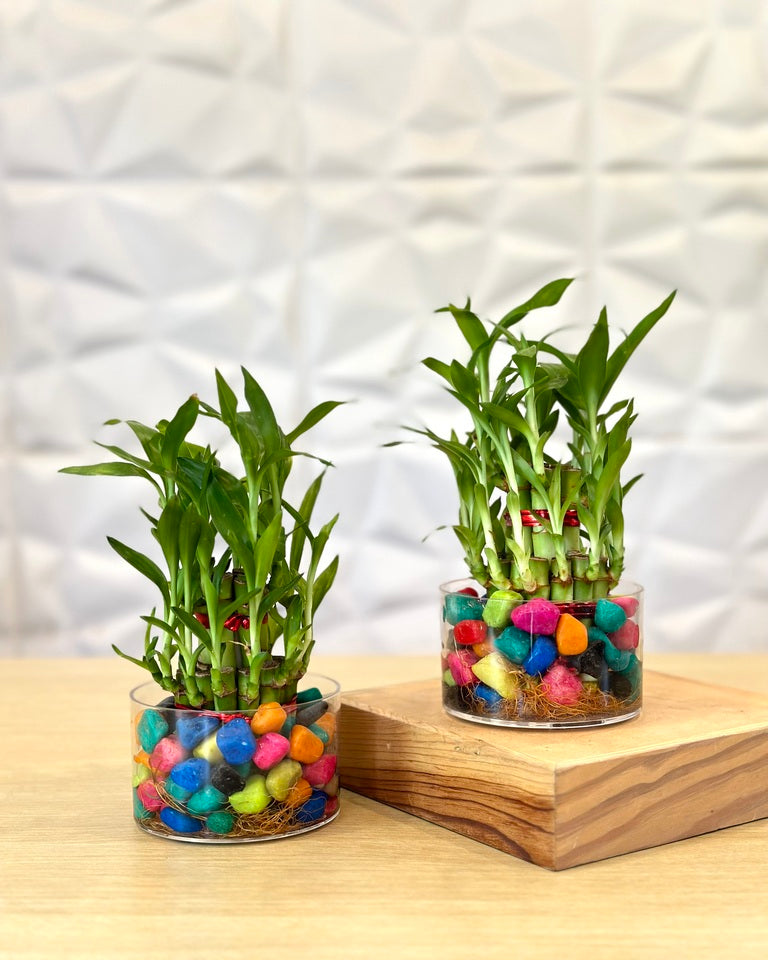
How to Care for Areca Palm: Is Your Areca Palm Turning Yellow?

Popular indoor plants, Areca palms (Dypsis lutescens) are named from their beautiful, feathery fronds and vibrant green foliage. They may provide a touch of the tropics to any area, but to stay healthy and vibrant, they need to be given the right care. The yellowing of areca palm leaves is one problem that many plant owners deal with frequently. Don't panic if your areca palm is developing yellow leaves; this blog will assist you in determining the reasons and provide remedies to help your plant recover.
Before diving into the problems and solutions, it’s essential to understand the basic needs of areca palms. Native to Madagascar, these palms thrive in warm, humid environments with indirect light. Areca palms can be grown both indoors and outdoors, and the care requirements vary slightly depending on the environment. Here are the primary care requirements:
Indoor Areca Palms
- Light: Bright, indirect light. Direct sunlight can scorch the leaves.
- Water: Consistent moisture without waterlogging. Allow the top inch of soil to dry out between waterings.
- Humidity: High humidity levels are ideal. Regular misting or using a humidifier can help.
- Temperature: Warm temperatures between 65°F and 75°F (18°C - 24°C). They do not tolerate cold drafts or sudden temperature changes.
- Soil: Well-draining potting mix. A mix designed for palms or houseplants is ideal.
- Fertilizer: Balanced, water-soluble fertilizer during the growing season (spring and summer).

Outdoor Areca Palms
- Light: Partial shade to full sun. Areca palms can adapt to full sun outdoors, but they prefer some afternoon shade in very hot climates.
- Water: Regular watering to keep the soil consistently moist, especially during dry periods. Ensure good drainage to prevent root rot.
- Soil: Well-draining soil, preferably sandy or loamy. Amending heavy clay soils with organic matter can improve drainage.
- Temperature: Thrive in warm climates (USDA zones 10-11). They are not frost-tolerant and should be protected from freezing temperatures.
- Humidity: Naturally higher humidity outdoors is beneficial. In dry regions, additional watering or misting can help.
- Fertilizer: Use a slow-release granular fertilizer formulated for palms in spring and summer.
Common Causes of Yellow Leaves
Yellowing leaves on an areca palm can be caused by several factors. Identifying the underlying issue is the first step towards reviving your plant. Here are some common causes:
1. Overwatering
Overwatering is one of the most frequent causes of yellow leaves in areca palms. These plants are sensitive to waterlogged soil, which can lead to root rot. Symptoms of overwatering include yellow leaves, mushy roots, and a foul smell from the soil.
Solution:
- Check the soil: Ensure the soil is well-draining. If it's compacted or holding too much water, repot the plant with fresh, well-draining soil.
- Adjust watering: Water only when the top inch of soil feels dry. Reduce the frequency of watering during the cooler months.
- Improve drainage: Ensure the pot has drainage holes. Adding a layer of gravel at the bottom of the pot can also help.
2. Underwatering
On the flip side, underwatering can also cause yellow leaves. Areca palms prefer consistent moisture, and prolonged periods of dryness can stress the plant.
Solution:
- Water regularly: Keep the soil evenly moist but not soggy. Check the soil moisture regularly and adjust watering as needed.
- Use a moisture meter: This can help you monitor the soil moisture levels more accurately.
3. Nutrient Deficiency
A lack of essential nutrients, particularly nitrogen, can lead to yellowing leaves. Areca palms need a balanced supply of nutrients to maintain their lush green foliage.
Solution:
- Fertilize appropriately: Use a balanced, water-soluble fertilizer every two to four weeks during the growing season. Follow the manufacturer’s instructions to avoid over-fertilization.
- Check for deficiencies: Look for specific symptoms, such as yellowing between leaf veins (indicative of magnesium deficiency) or pale new growth (iron deficiency), and use a specialized fertilizer if necessary.
4. Light Issues
Areca palms need bright, indirect light to thrive. Too much direct sunlight can scorch the leaves, causing them to turn yellow or brown, while insufficient light can lead to weak, yellowing leaves.
Solution:
- Adjust light exposure: Place the palm in a spot where it receives bright, indirect light. If the plant is getting too much direct sunlight, move it to a shadier location.
- Supplement with artificial light: If natural light is insufficient, consider using grow lights to provide the necessary light spectrum.
5. Pests
Pests such as spider mites, mealybugs, and scale insects can infest areca palms, causing yellowing leaves and other damage.
Solution:
- Inspect regularly: Check the plant regularly for signs of pests. Look for webbing, sticky residue, or visible insects.
- Treat infestations: Use insecticidal soap or neem oil to treat infestations. For severe infestations, consider using a systemic insecticide.
6. Humidity and Temperature Stress
Areca palms thrive in high humidity and stable temperatures. Dry air and sudden temperature changes can cause the leaves to yellow and dry out.
Solution:
- Increase humidity: Use a humidifier or place a tray of water near the plant to increase humidity levels. Regular misting can also help.
- Maintain stable temperatures: Keep the plant away from drafts, air conditioners, and heating vents. Ensure the temperature remains within the ideal range.
Preventive Care Tips
Preventing yellow leaves is always better than dealing with the issue after it occurs. Here are some preventive care tips to keep your areca palm healthy:
- Regularly clean the leaves: Dust can block light and harbor pests. Wipe the leaves with a damp cloth to keep them clean.
- Prune damaged leaves: Remove yellow or damaged leaves to encourage new growth and prevent the spread of potential diseases.
- Repot as needed: Areca palms can become root-bound over time. Repotting every 2-3 years with fresh soil can promote healthy growth.
- Monitor environmental conditions: Keep an eye on the light, humidity, and temperature levels around your plant, adjusting as needed to provide an optimal environment.
Conclusion
Yellowing leaves on your areca palm can be alarming, but with proper care and attention, you can restore your plant’s health and enjoy its vibrant foliage for years to come. By understanding the specific needs of areca palms and addressing common issues like overwatering, underwatering, nutrient deficiencies, light problems, pests, and environmental stress, you can prevent yellowing leaves and ensure your plant thrives.
Remember, every plant is unique, and it may take some time to figure out the perfect care routine for your areca palm. Be patient and attentive to your plant’s needs, and soon, you’ll have a lush, green palm that adds beauty and tranquility to your home or office space. Happy gardening!
















